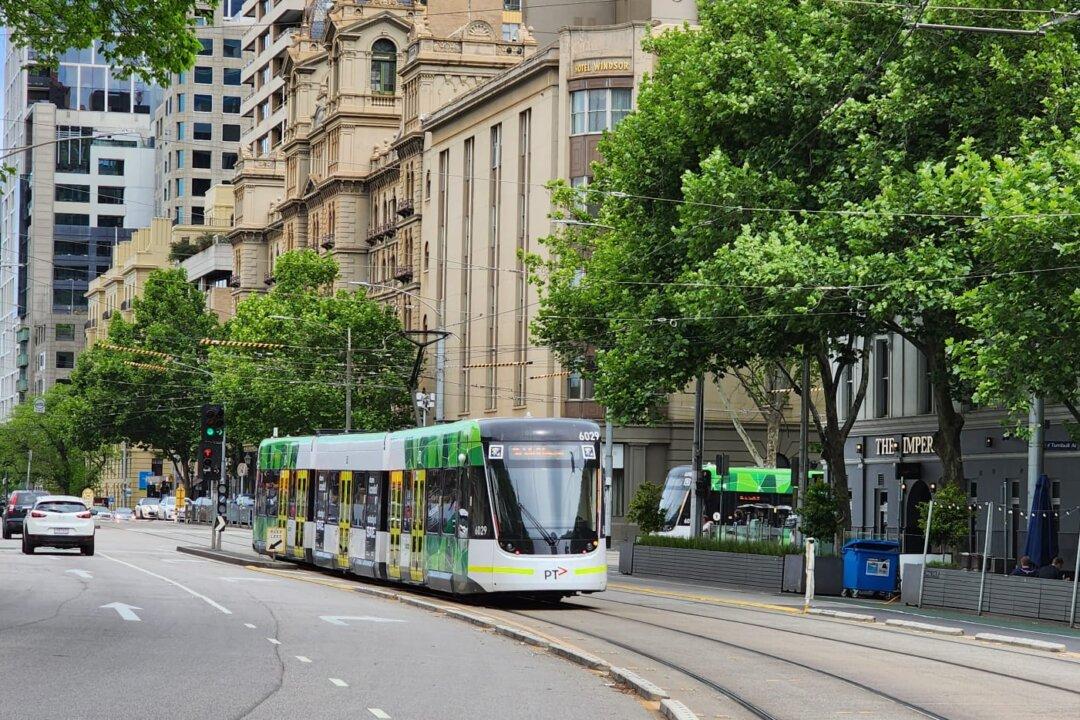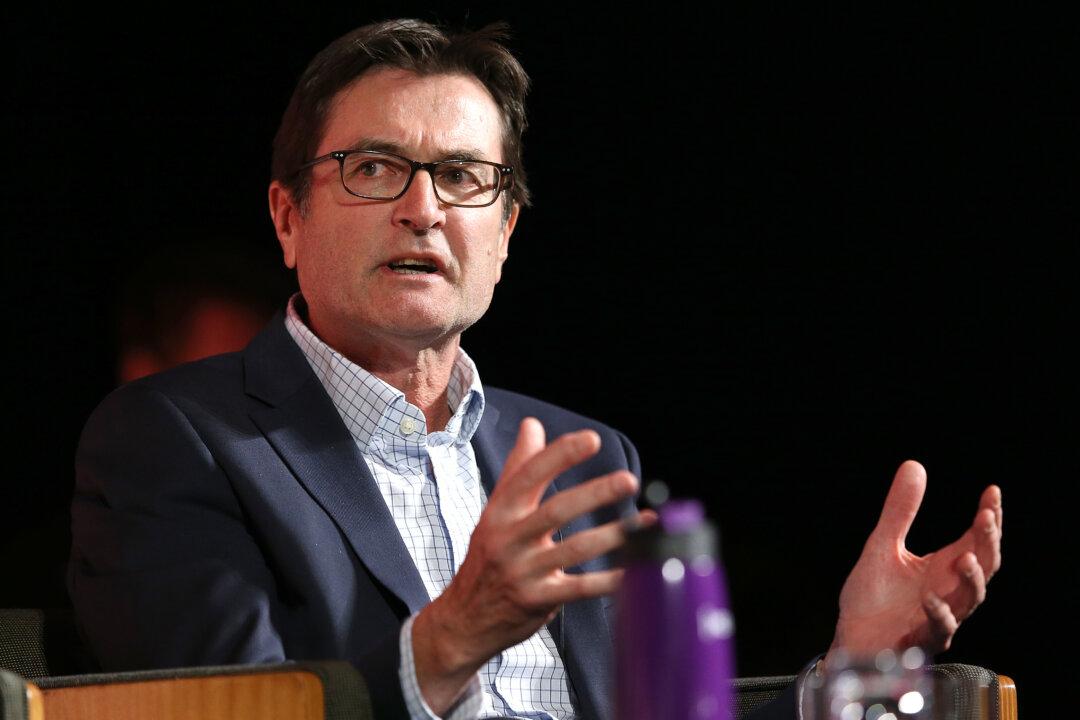Australia is currently facing an unprecedented worker shortage that is deeply entrenched in the economic system, says free-market think tank the Institute of Public Affairs (IPA.)
In a mid-September IPA report, job vacancies were found to have increased by 235 percent between May 2020 and May 2023, and 1 in 4 Australian businesses had trouble finding staff.





